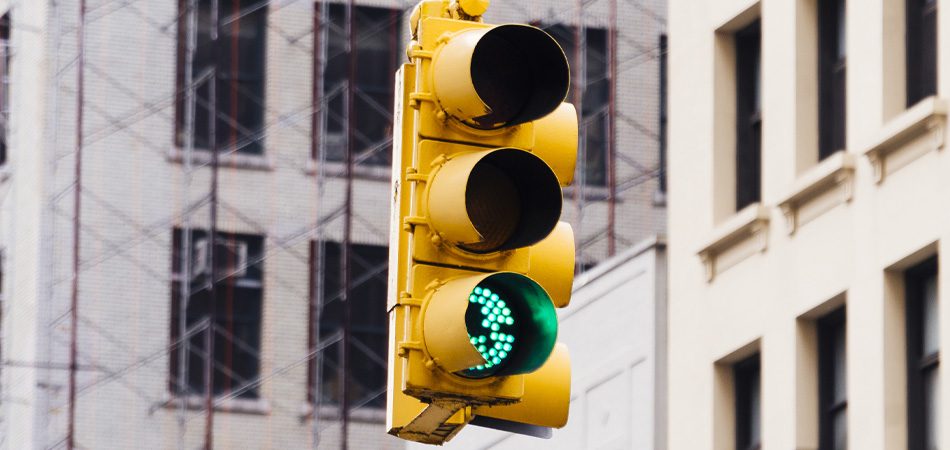Upgraded traffic signals could make Baton Rouge’s streets safer

Traffic signals are necessary for ensuring the safety and efficiency of urban transportation networks. They orchestrate the flow of vehicles and pedestrians through intersections, which are often hotspots for congestion and accidents.
Baton Rouge is currently upgrading its traffic systems to reduce risk and unreliability as part of the MoveBR initiative to improve infrastructure in the city. Although these changes seem small, they could have a big impact on residents.
Regulating traffic
Traffic signals regulate the movement of cars, cyclists and pedestrians at intersections by providing clear color-based instructions. Some also have pedestrian lights and turning arrows, features that help manage complex traffic more effectively. Traffic signals can dictate when to go through an intersection. They reduce the risk of crashes from confusion over right-of-way.
A well-designed traffic system could help cut the risk of collisions caused by frustration or aggressive driving. Accurate light timing allows for smooth traffic flow and reduces waiting. Good maintenance is also important for preventing crashes. Regular checks make it possible to find and fix potential malfunctions before causing confusion or accidents at intersections.
Traffic signals in Baton Rouge
Here in Baton Rouge, the city is making ongoing improvements to its aging traffic signal system. These plans could reduce travel time for residents by replacing old equipment with modern technology, ensuring commutes are reliable. Upgrades to the system include:
- Better pedestrian crossings
- Emergency vehicle preemption
- Backup power at key intersections
The MoveBR project states Baton Rouge’s traffic signals are going to be among the most interconnected in the nation after the improvements.
By repairing and replacing outdated parts of Baton Rouge’s traffic signal system, the city can promote safety and consistency on the local roadways.



